Can You Propagate a Snake Plant in Water?
You totally can, and I’ve done it myself more than a few times.
You totally can, and I’ve done it myself more than a few times.
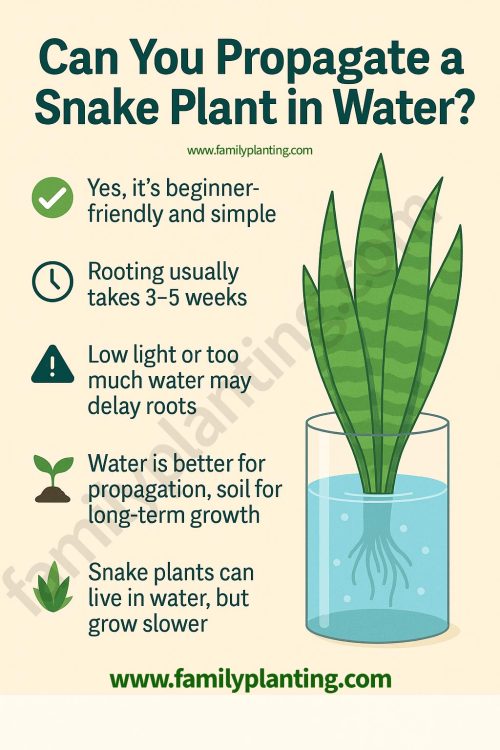
Water propagation is one of the easiest and cleanest ways to multiply your snake plant without any mess.
If you’ve got a healthy leaf and a clean glass, you’re pretty much set.
It’s perfect for beginners or anyone who doesn’t want to deal with soil right away.
That said, not every cutting will root as easily as magic.
I’ve had some root in two weeks, others take a month, and a few that just… sat there.
So if you’re asking, “Can you propagate a snake plant in water?”, the answer is yes, but with a few important tips and expectations in mind.
I’ll show you exactly how to do it, how long it takes, and how to troubleshoot when things go quiet in that water glass.
🧪 Snake plant not rooting?
Try filtered water or a tiny bit of rooting hormone.
I’ve done this more times than I can count. Water propagation is my go-to when I want to watch the roots form step by step.
Here’s how I do it:
💡 Bonus tip: To reduce slime and give your cutting a boost, add a drop of diluted hydrogen peroxide to the water once a week. I’ve had great results with this when the water starts looking cloudy.
💧 The cut end should callous over before touching water, or rot might start.
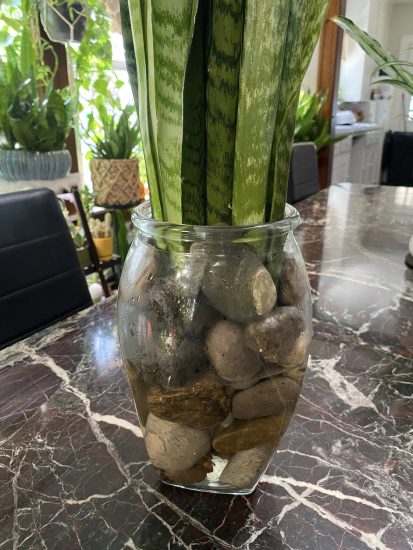
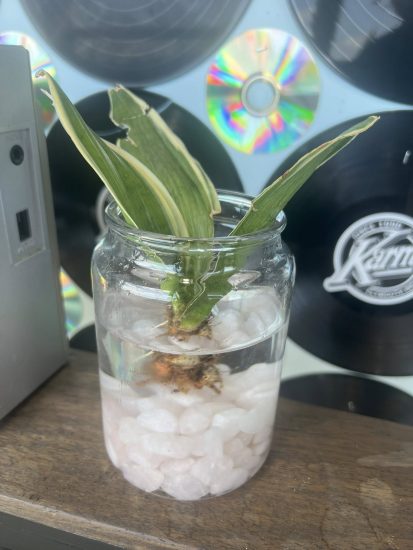
🌤️ Too dark = no roots.
Indirect sunlight works wonders.
So here’s the real deal: it depends.
I’ve had cuttings show tiny white root nubs in as little as 2 weeks, and others that sat in water for a full 6 weeks before doing anything noticeable.
If the conditions are right, warm room, bright indirect light, clean water, most cuttings will root within 3 to 5 weeks.
But don’t stress if it takes longer.
Some leaf cuttings are just slower starters, especially during cooler seasons.
💡 Pro tip: I like using a clear jar so I can monitor progress without touching the cutting. Early roots are delicate, just a little wiggle can slow them down.
I’ve been there too.
You followed every step, and it’s just… sitting there.
Here’s what might be causing the holdup:
If the cutting still feels firm and there’s no odor or slime, be patient. \
But if it starts turning mushy or smells funky?
Time to start fresh, with sterilized tools and a new cutting.
Still weighing water versus soil?
I’d be happy to help you decide which suits your space and routine better!
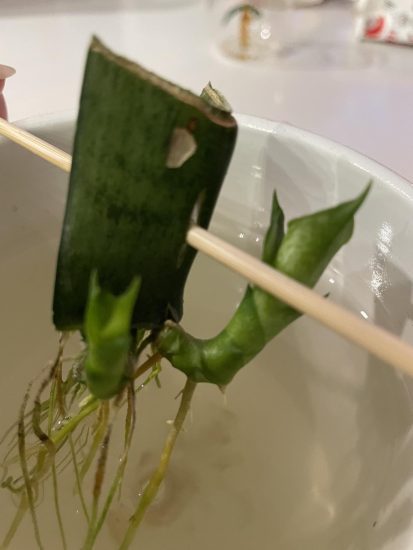
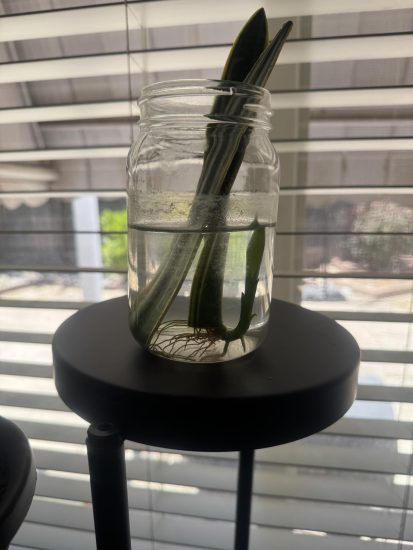
🥶 Cold windowsills = delayed or rotted cuttings.
Keep them cozy!
Honestly? Both methods work, but each has its own vibe.
If you like to see what’s happening and don’t mind a little extra care, water propagation is your friend.
It’s rewarding to watch roots form, change out the water, and cheer every new nub like a proud plant parent.
If you’re more of the “set it and forget it” type, soil propagation might be your jam. It takes longer and roots form out of sight, but the plant doesn’t have to transition between mediums later, reducing transplant stress.
My method?
A little of both.
I’ll start in water to confirm rooting, then move to soil once roots are strong.
Other times, I just plant directly in gritty mix and trust the process.
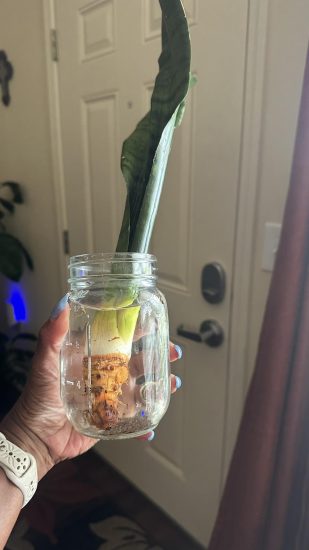
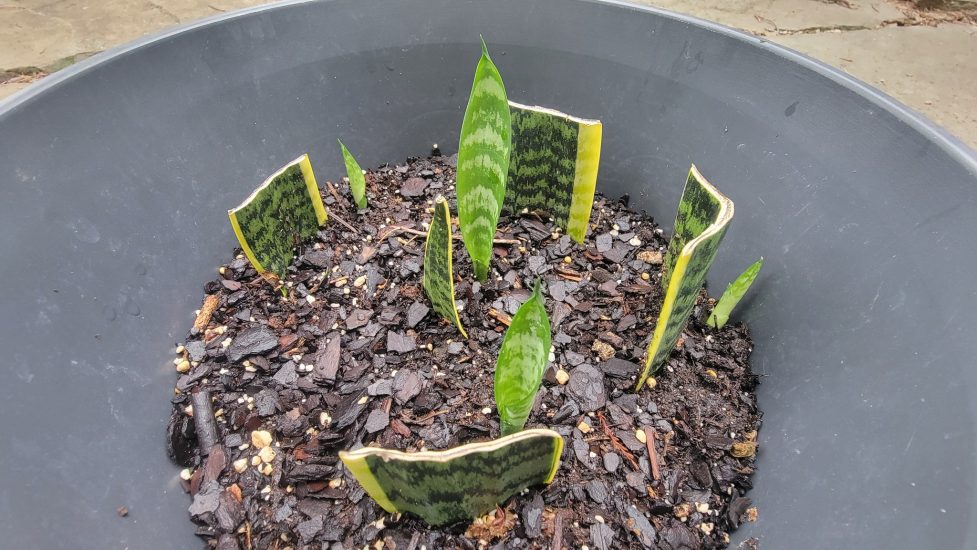
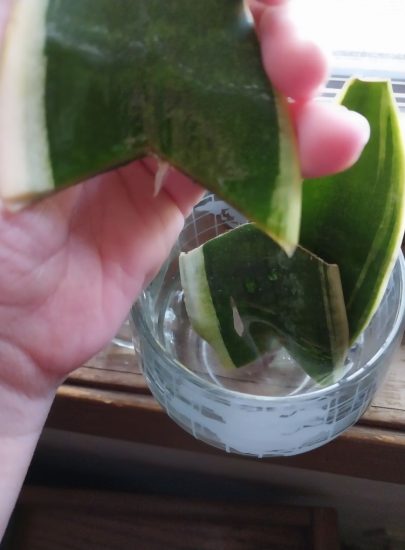
Technically?
Yes, they can.
Permanently?
Sort of, but it’s not ideal for everyone.
Snake Plants can survive and even grow in water long-term if you give them the right setup.
That includes:
Here’s the catch: plants evolved to live in soil, not jars.
So while growing a Snake Plant in water looks sleek, and can work, it often leads to slower growth and higher maintenance.
Water-grown roots are more sensitive to temperature shifts and bacterial buildup.
I’ve tried it for the aesthetic, and it held up for months.
Eventually, though, I had to transfer it to soil or constantly maintain the water setup with nutrients and root trims.
✨ If you’re doing it for the look? Go for it.
If you want a plant that thrives with minimal fuss, water propagation works best as a short-term phase, not a forever home.
🧼 Don’t reuse the water too long
Bacteria messes everything up.
Embrace the spirit of horticulture and spread the seeds of wisdom